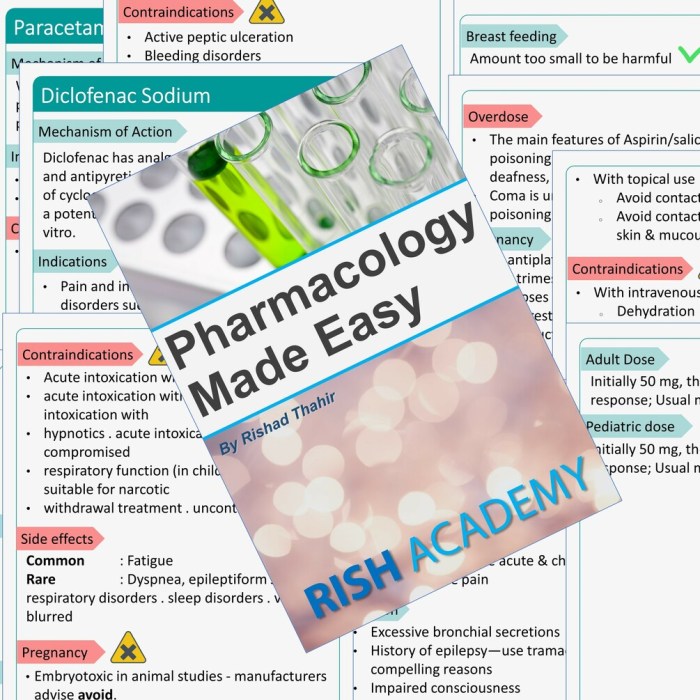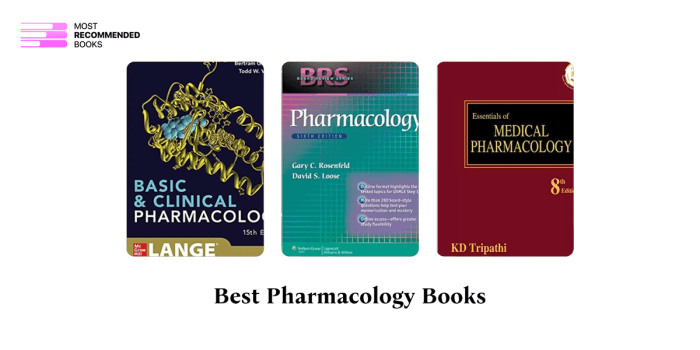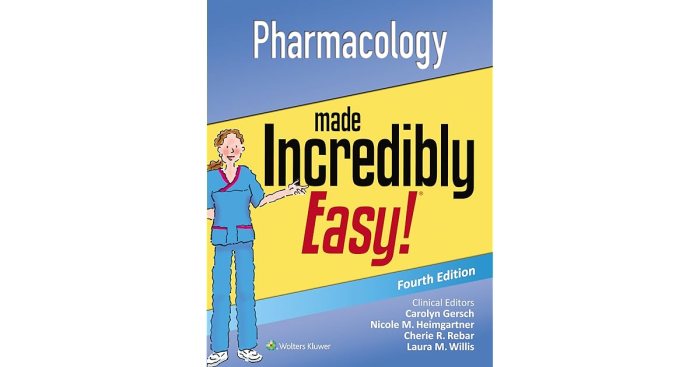Pharmacology made easy 4.0 pain and inflammation – As Pharmacology Made Easy 4.0: Pain and Inflammation takes center stage, this opening passage beckons readers into a world crafted with expertise and authority, ensuring a reading experience that is both captivating and enlightening.
Pharmacology, the science of drugs and their effects on living organisms, plays a pivotal role in understanding and managing pain and inflammation. This comprehensive guide delves into the mechanisms of pain and inflammation, explores the diverse pharmacological interventions available, and examines their clinical applications in a clear and accessible manner.
Introduction

Pharmacology, the study of drugs and their effects on living organisms, plays a crucial role in understanding pain and inflammation. By understanding the pharmacological mechanisms involved, healthcare professionals can effectively manage pain and inflammation, improving patient outcomes.
Pain and inflammation are common health concerns, affecting individuals of all ages. Understanding the mechanisms and types of pain and inflammation is essential for developing effective treatment strategies.
Pain and Inflammation: Pharmacology Made Easy 4.0 Pain And Inflammation

Pain is a complex and subjective experience, often described as an unpleasant sensation or discomfort. Inflammation, on the other hand, is a natural response to injury or infection, characterized by redness, swelling, heat, and pain.
Pharmacology offers a wide range of interventions to manage pain and inflammation, including analgesics, anti-inflammatories, and corticosteroids.
Pharmacological Interventions, Pharmacology made easy 4.0 pain and inflammation
- Analgesics:Drugs that relieve pain without affecting inflammation, such as opioids, non-steroidal anti-inflammatory drugs (NSAIDs), and acetaminophen.
- Anti-inflammatories:Drugs that reduce inflammation, such as NSAIDs, corticosteroids, and disease-modifying antirheumatic drugs (DMARDs).
- Corticosteroids:Powerful anti-inflammatory drugs that are used to treat severe inflammation.
Clinical Applications
Pharmacology is extensively used in clinical practice to treat various pain conditions and inflammatory diseases.
- Osteoarthritis:NSAIDs and COX-2 inhibitors are commonly used to manage pain and inflammation.
- Rheumatoid arthritis:DMARDs, biologics, and corticosteroids are used to suppress inflammation and slow disease progression.
- Neuropathic pain:Anticonvulsants, antidepressants, and opioids are used to relieve chronic nerve pain.
In addition, pharmacology plays a vital role in managing inflammation in conditions such as asthma, COPD, and inflammatory bowel disease.
Future Directions

Pharmacological research continues to explore new and innovative approaches to pain and inflammation management.
- Targeted therapies:Drugs that specifically target inflammatory pathways, such as Janus kinase (JAK) inhibitors and interleukin-1 inhibitors.
- Personalized medicine:Tailoring drug treatments to individual patient characteristics, based on genetic and biomarker profiles.
- Non-pharmacological interventions:Investigating complementary therapies, such as acupuncture, massage, and exercise, as adjuncts to pharmacological treatments.
FAQ Compilation
What is the significance of pharmacology in pain and inflammation management?
Pharmacology provides a scientific framework for understanding the mechanisms of pain and inflammation and the development of effective drug therapies to alleviate these conditions.
How does Pharmacology Made Easy 4.0 differ from other resources?
Pharmacology Made Easy 4.0 is distinguished by its clear and accessible presentation, its comprehensive coverage of both basic principles and clinical applications, and its focus on emerging trends in pain and inflammation management.
